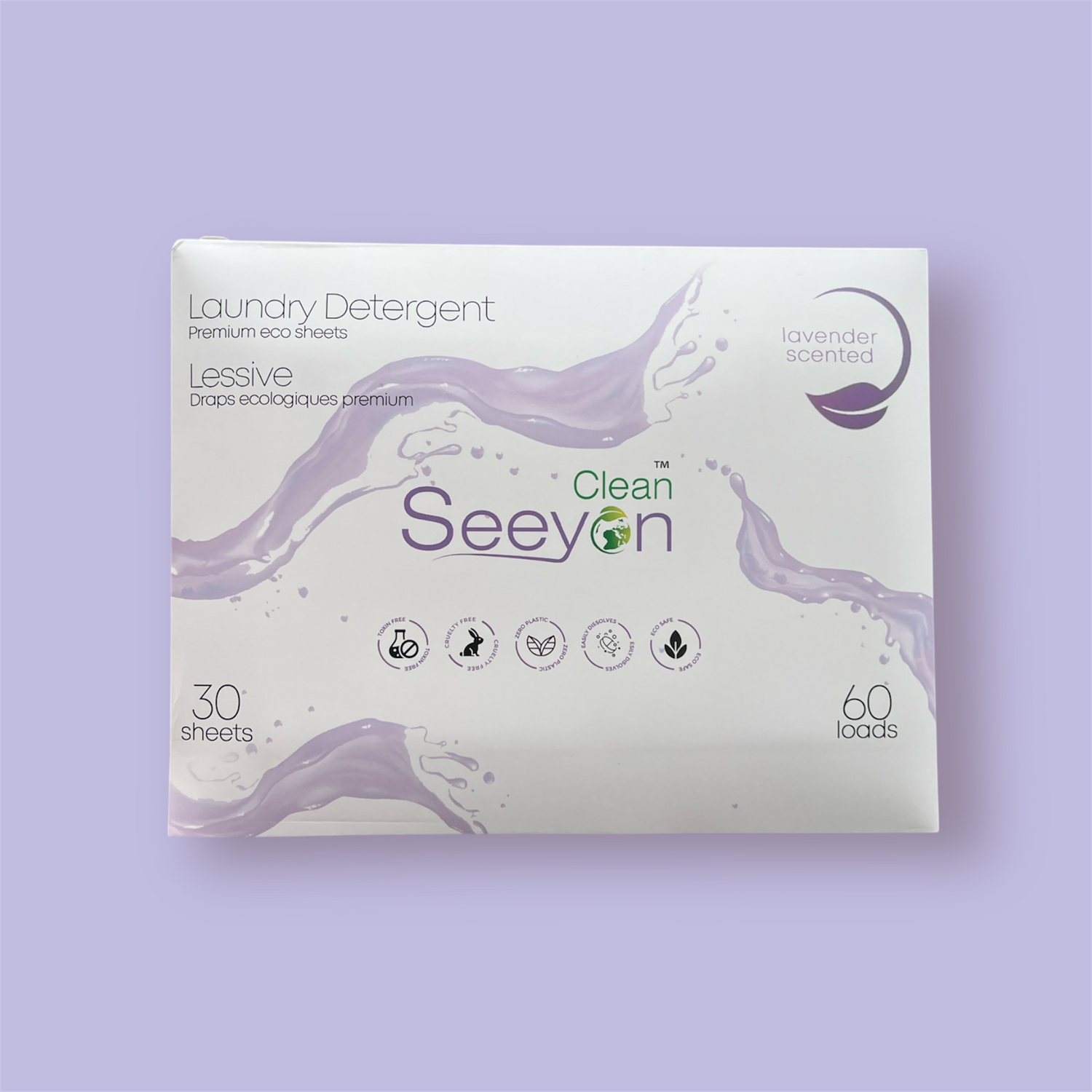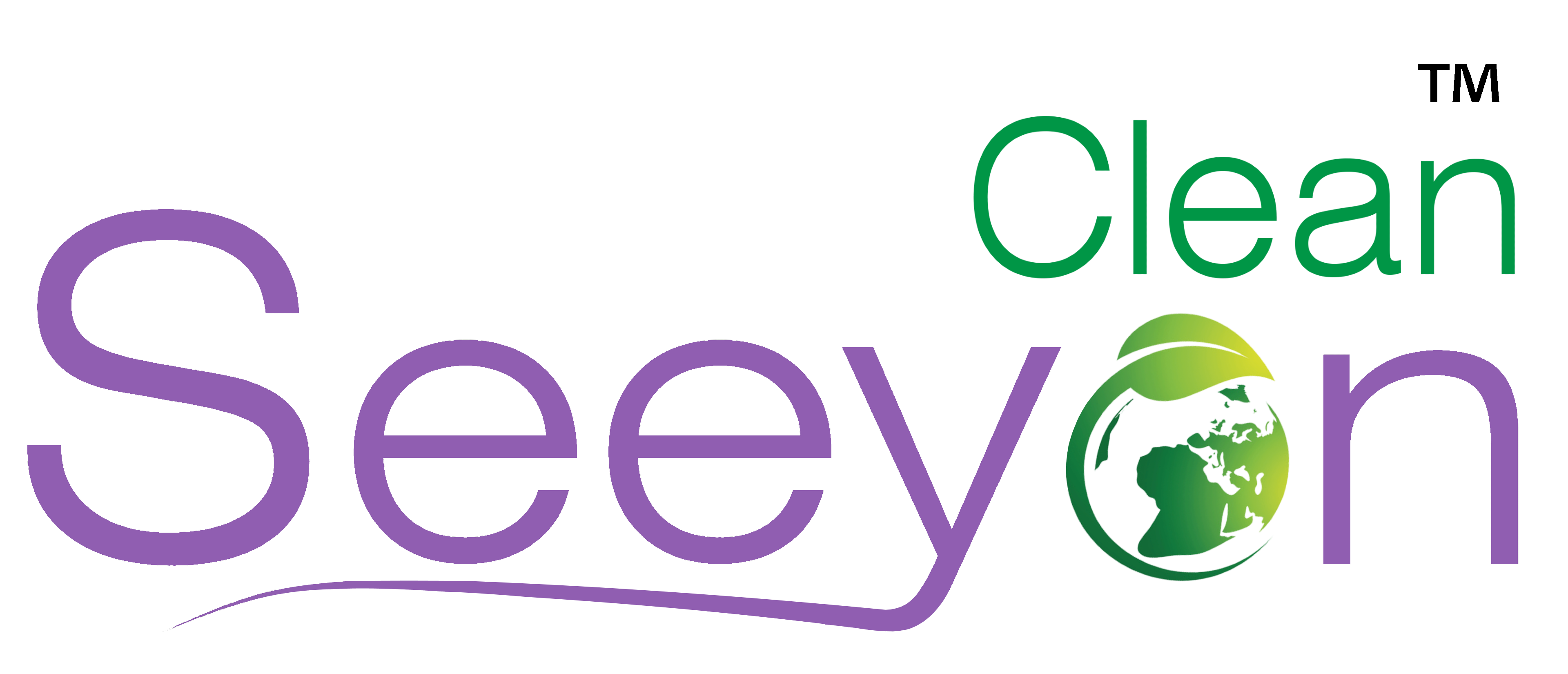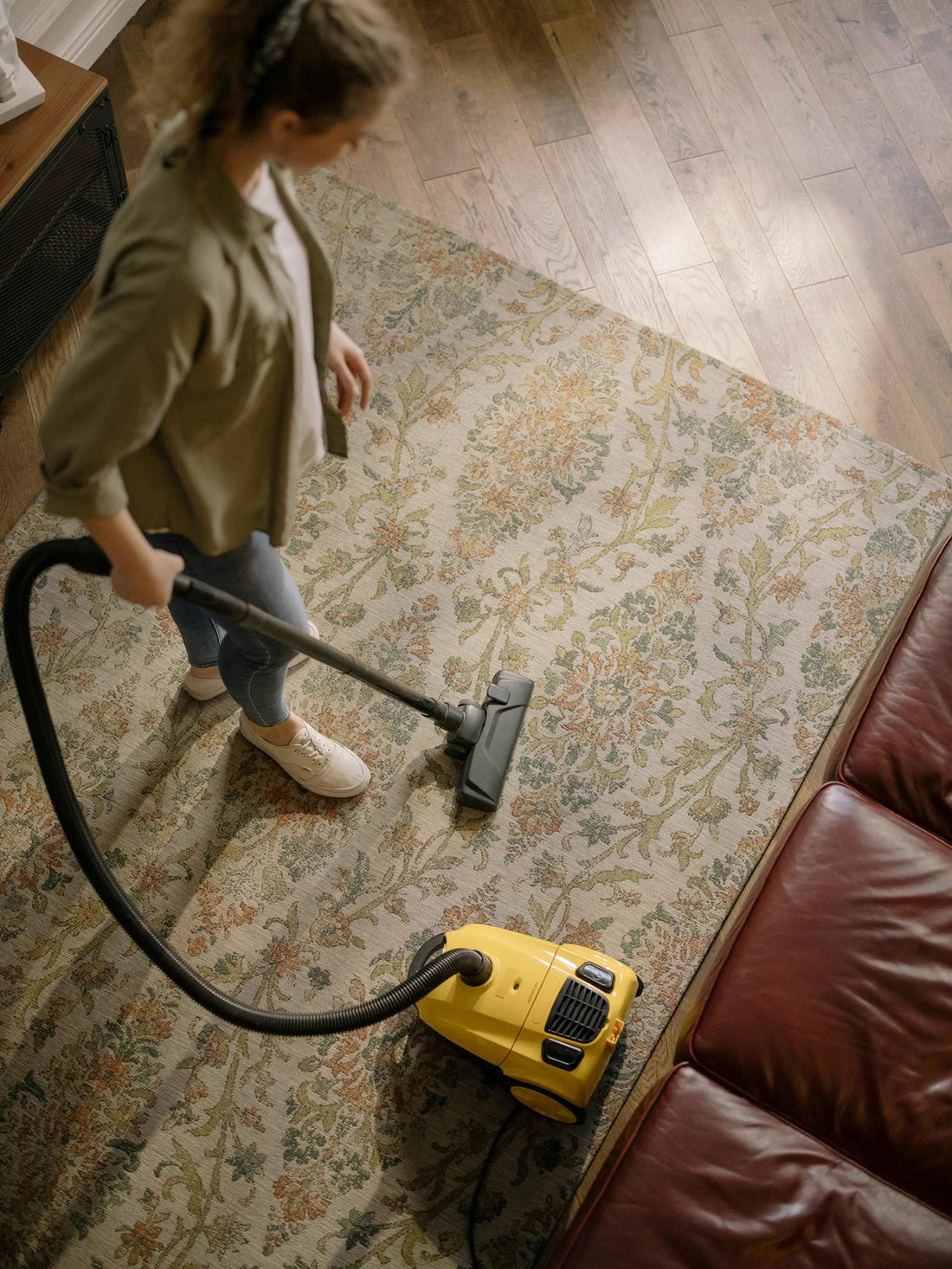
1. Understanding Indoor Air Quality:
- Explain the concept of indoor air pollution and its impact on health.
- Identify common indoor pollutants such as dust, pet dander, mold, and volatile organic compounds (VOCs).
- Discuss how regular cleaning can improve indoor air quality and promote better respiratory health.
2. Choosing the Right Cleaning Products:
- Highlight the importance of using safe and non-toxic cleaning products.
- Provide tips for reading labels and avoiding harmful chemicals such as ammonia, bleach, and phthalates.
- Recommend natural and eco-friendly alternatives such as vinegar, baking soda, and essential oils.
3. Targeting High-Touch Surfaces:
- Identify high-touch surfaces that harbor germs and bacteria, such as doorknobs, light switches, and countertops.
- Discuss the importance of disinfecting these surfaces regularly to prevent the spread of illness.
- Provide guidance on effective disinfection methods using disinfectant wipes, sprays, or homemade cleaners.
4. Maintaining Clean Floors and Carpets:
- Explain how dirty floors and carpets can contribute to indoor air pollution and allergen buildup.
- Recommend regular vacuuming with a HEPA filter vacuum cleaner to remove dust, pet hair, and allergens.
- Discuss the benefits of steam cleaning for deep cleaning carpets and killing bacteria and mold.
5. Preventing Mold and Mildew:
- Explain the health risks associated with mold and mildew exposure, including respiratory problems and allergies.
- Provide tips for preventing mold growth by controlling humidity levels, fixing leaks, and improving ventilation.
- Recommend cleaning solutions such as vinegar or hydrogen peroxide for removing mold and mildew stains.
6. Creating Healthy Sleeping Environments:
- Discuss the importance of a clean bedroom for quality sleep and overall health.
- Provide tips for maintaining a clean mattress, pillows, and bedding to reduce allergens and dust mites.
- Recommend washing bedding in hot water regularly and using hypoallergenic pillow and mattress covers.
7. Establishing Healthy Cleaning Habits:
- Encourage readers to establish a regular cleaning routine to maintain a clean and healthy home.
- Provide a cleaning checklist or schedule to help readers stay organized and on track.
- Emphasize the importance of involving the whole family in cleaning tasks and teaching children good hygiene habits.
In the pursuit of a healthier lifestyle, one often overlooks the significance of a clean home environment. However, as we've explored in this guide, the cleanliness of our surroundings plays a vital role in safeguarding our health and well-being. From minimizing indoor air pollutants to preventing the spread of harmful bacteria and mold, every cleaning task contributes to creating a healthier living space.
At SeeyonClean, we understand the profound impact that a clean home can have on your health. That's why we've provided you with comprehensive insights and practical tips for cleaning for health. By adopting eco-friendly cleaning products, targeting high-touch surfaces, and maintaining clean floors and carpets, you're not just keeping your home tidy – you're actively investing in your family's health.
As you implement these strategies into your cleaning routine, remember that consistency is key. Establishing healthy cleaning habits and involving your loved ones in the process will not only enhance the cleanliness of your home but also foster a healthier lifestyle overall.
Let's commit to prioritizing cleaning for health in the name of SeeyonClean. Together, we can create spaces that promote well-being and vitality for ourselves and our families.
Here's to a cleaner, healthier future – one scrub at a time.



